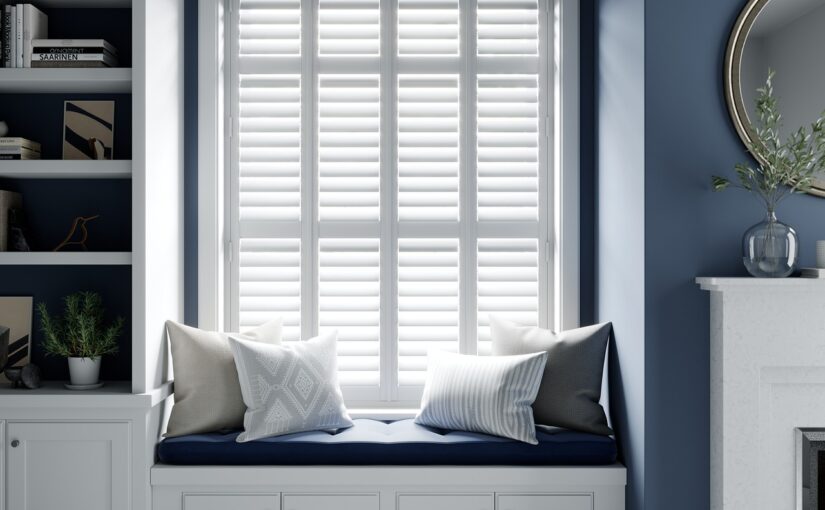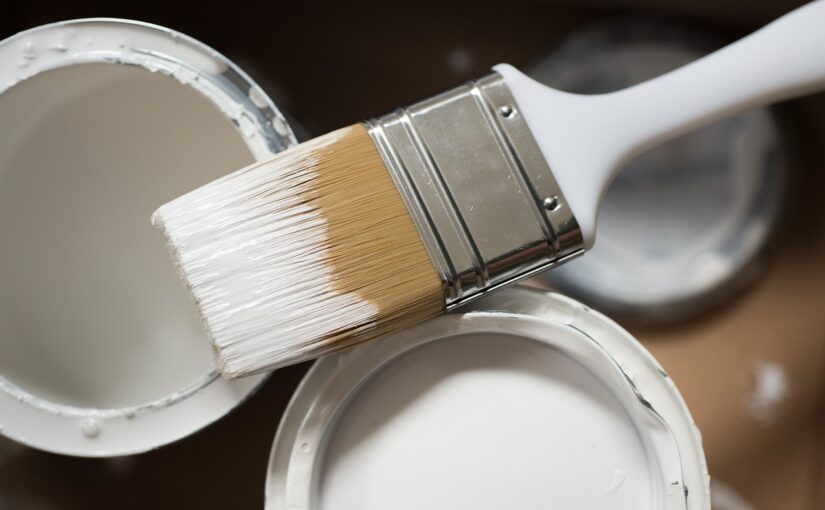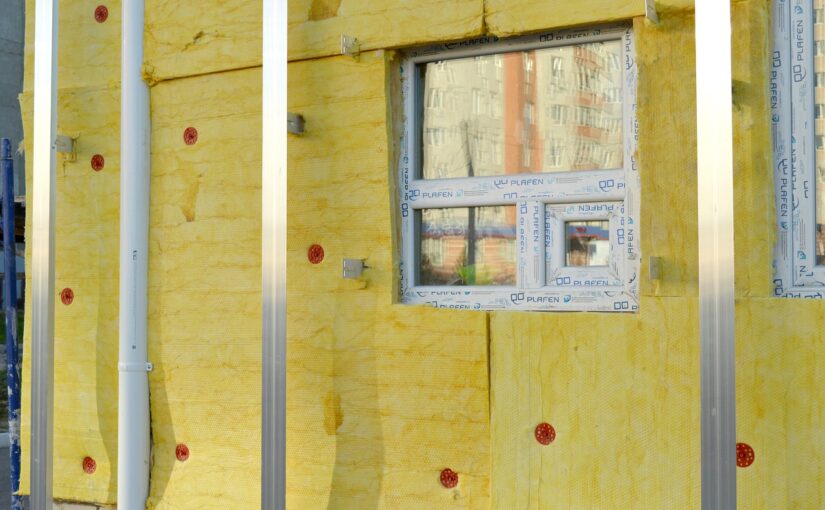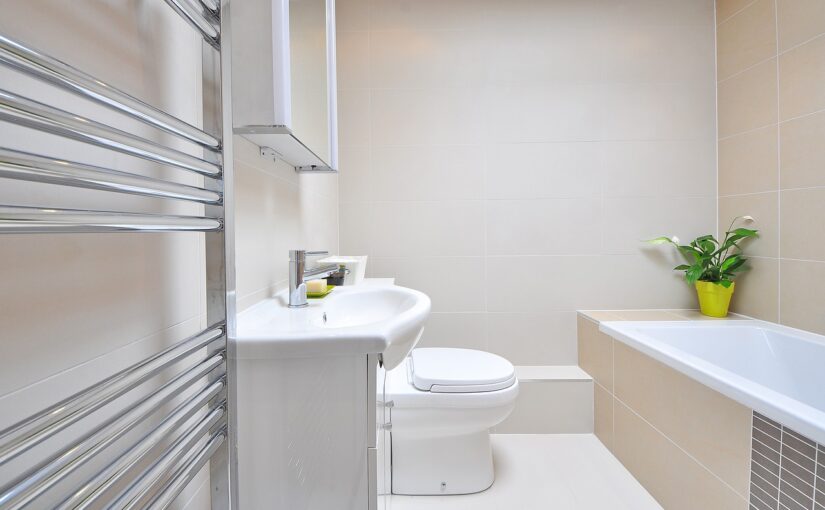What You Need To Consider When Building A Home Extension
In the current housing market, an increasing number of homeowners are choosing to extend their current dwellings rather than seeking out larger residences. Embarking on a home extension, however, necessitates more than simply planning permission and blueprints. It’s also crucial to think about your neighbours, ensuring you minimise any disturbance or inconvenience your project may cause.
Communicating Your Plans
Being open and transparent with your neighbours from the outset can help to alleviate any potential concerns or misunderstandings. Present them with your plans before starting the project and be prepared to answer any questions they might have. They’ll appreciate your consideration and it may also provide an opportunity to get their input, potentially circumventing any future issues.
Keeping them updated throughout the process is equally important. Inform them of any major construction activities, especially those likely to cause noise or other disruptions. Good communication fosters understanding and a sense of respect.
Noise Management
When it comes to construction, noise is almost inevitable. Nevertheless, you should do everything you can to manage it and minimise its impact on your neighbours. The best way to do this is by restricting noisy activities to sociable hours and maintaining a consistent schedule. This allows neighbours to plan their activities around your construction schedule. Consideration should also extend to your choice of construction company. Opt for one that prioritises noise management and abides by local construction noise control regulations.
Managing Dust and Debris
Construction projects are synonymous with dust and debris. These by-products can significantly affect your neighbours’ quality of life if not managed effectively. Therefore, it’s critical to implement proper site management to prevent the spread of dust and dispose of debris regularly.
Professional construction companies usually have protocols in place to address these issues. You should also consider your neighbours’ needs when devising waste management strategies. For instance, avoid scheduling waste removal during peak traffic hours to prevent additional congestion.
Parking Considerations
Home extensions typically involve a sizeable workforce, which can exacerbate parking issues in residential areas. If parking space is limited, you may need to arrange alternative parking facilities for the builders. This will help prevent any unnecessary disputes with your neighbours and maintain a harmonious atmosphere in the community. Remember, any inconvenience caused should be temporary and for a justified cause.
Respect Their Right to Light
When it comes to residential extensions, it’s essential to respect your neighbour’s right to light. This refers to the right to receive a certain amount of natural light through windows or other openings. In the UK, this is a legal matter and if you infringe upon it, you could find yourself in a contentious situation.
Your proposed extension should be designed such that it does not significantly block or reduce natural light to your neighbour’s property. Work with your architect and perhaps even a right to light surveyor, like Smith Marston, to ensure your plans don’t infringe on this right. Doing so will not only show your neighbours that you value their comfort and rights, but also prevent potential legal disputes that could halt your project.
Respecting Privacy
During the course of your extension project, your neighbours’ privacy should remain a priority. Avoid designs that overlook their homes or gardens, as these can infringe on their privacy and lead to strained relations.
Your construction team should also be aware of boundaries and avoid stepping onto neighbouring properties without explicit permission. A good understanding of where your property ends and your neighbour’s begins is key to respecting their privacy.
The Importance of Landscaping
Upon the completion of your extension, your property may look like a little worse for wear, thanks to all the dust, debris and foot traffic its experienced. The landscaping work done post-construction is just as important as the building work itself. It helps to restore the aesthetic appeal of your property and the surrounding area.
Ensure any damaged shared boundaries are repaired and all debris cleared. If necessary, consider replanting trees or shrubs that were removed during construction to maintain the greenery and aesthetics of the neighbourhood.
Apologising for Inconveniences
Despite your best efforts, it’s likely that your construction project will cause some level of inconvenience to your neighbours. Be ready to apologise for any disruptions or inconveniences caused during the construction process. A small act of kindness – such as a gift of flowers or a thank you card – can help smooth over any lingering frustrations, fostering a harmonious relationship between you and your neighbours post-construction.
The Takeaway
Building a home extension can be a complex process, but by taking the time to consider your neighbours, you can mitigate potential issues and maintain a positive relationship with those living around you. Thoughtfulness, communication, and respect should be at the heart of every decision you make throughout the project. By being a considerate neighbour, you ensure that your new extension is a source of joy and pride, not just for you, but for your whole neighbourhood.
Author: Ryan Byrne









